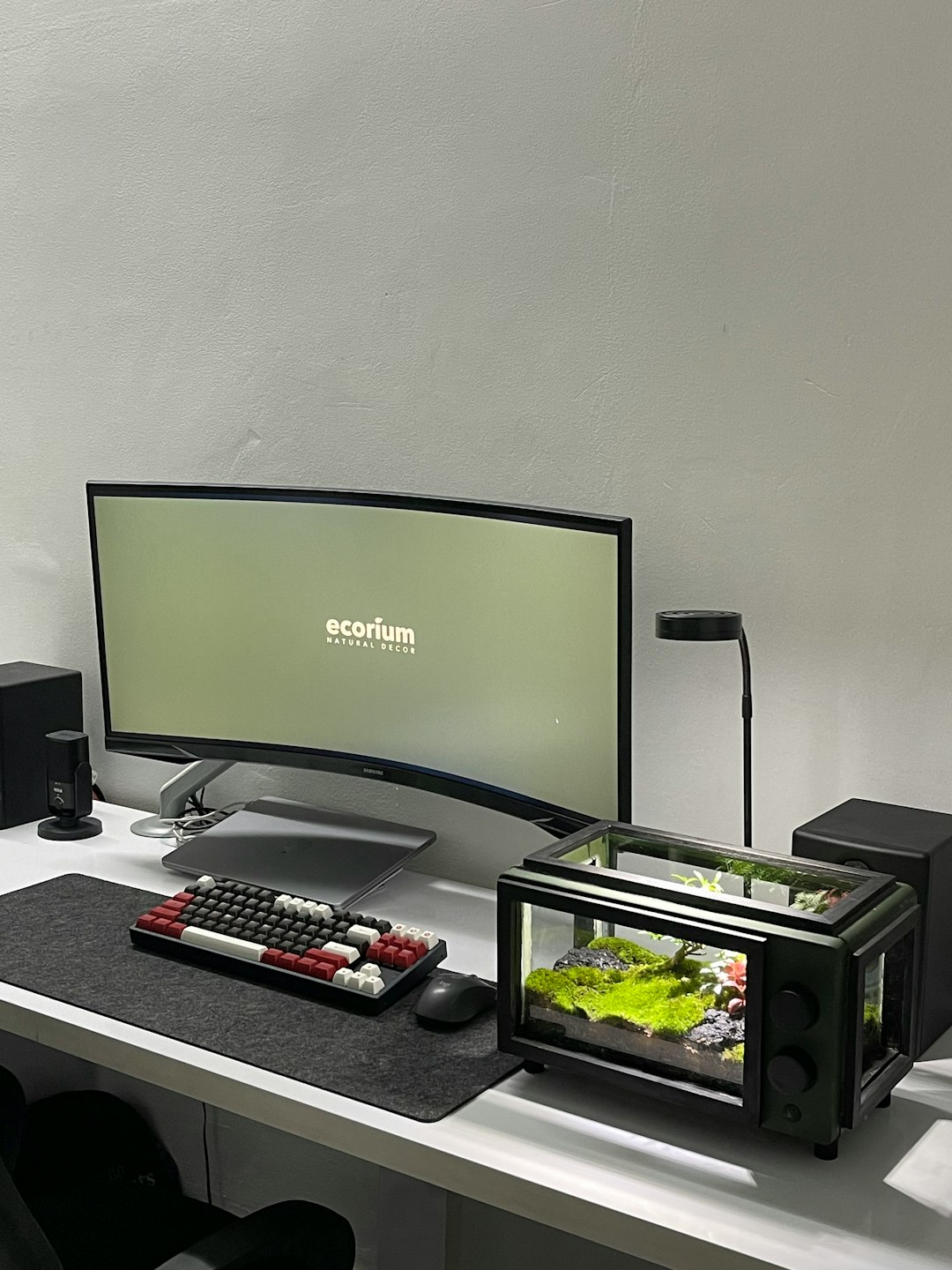📚 Table of Contents
- ✅ Unlocking the Power of Geographic Arbitrage
- ✅ Building Multiple, Diversified Income Streams
- ✅ Accessing a Global Pool of High-Paying Opportunities
- ✅ Drastic Reduction in Living and Operational Costs
- ✅ The Productivity and Creativity Dividend
- ✅ Navigating International Tax Advantages
- ✅ Practical First Steps to Launch Your Digital Nomad Journey
- ✅ Conclusion
Imagine waking up to the sound of waves in Bali, spending your afternoon working from a cozy café in Lisbon, and ending your day with a video call to a client in New York—all while your bank account grows steadily. This isn’t a fantasy vacation; it’s a reality for a growing number of professionals who have discovered that the digital nomad lifestyle is not just about freedom and travel, but a powerful, strategic engine for boosting income. What if the key to increasing your earnings wasn’t just a promotion, but a complete shift in how and where you live and work?
The traditional career path often involves trading time for money in a single location, with income capped by local market rates and corporate structures. The digital nomad lifestyle shatters this model. It redefines the very concept of “work” by leveraging technology, global mobility, and economic disparities to create unprecedented financial opportunities. This article will delve deep into the concrete mechanisms through which embracing a location-independent career can significantly fatten your wallet, providing detailed analysis and actionable strategies.
Unlocking the Power of Geographic Arbitrage
At the heart of the digital nomad’s financial advantage is the principle of geographic arbitrage. This is the practice of earning a salary from a high-cost economy while living in a lower-cost one. For example, a software developer earning a San Francisco-level salary of $120,000 USD per year can maintain their income while relocating to a place like Chiang Mai, Thailand, or Medellín, Colombia. The cost of living in these cities can be 60-70% lower. Let’s break down the math: a comfortable, even luxurious, lifestyle in Chiang Mai might cost $2,000 per month, or $24,000 annually. This leaves the developer with a post-expense savings of $96,000, compared to perhaps $30,000-$40,000 if they were living in San Francisco, where rent alone can consume a massive portion of their income. This isn’t just saving money; it’s actively accelerating wealth building, allowing for greater investment in stocks, real estate, or business ventures. The key is to secure a remote position or client base in a strong currency country (like the US, Canada, Western Europe, or Australia) and then strategically choose a base that offers a high quality of life for a fraction of the price.
Building Multiple, Diversified Income Streams
The nomadic lifestyle inherently encourages an entrepreneurial and diversified approach to income. Relying on a single employer can be risky when you’re constantly on the move. Therefore, successful digital nomads often cultivate multiple income streams, which not only mitigates risk but also dramatically increases total earnings. This portfolio might include a combination of:
- Freelance Client Work: Providing services like web development, copywriting, digital marketing, or graphic design to several clients simultaneously. This allows for rate negotiation and the ability to take on more work during productive periods.
- Passive Income: Creating and selling digital products such as online courses, e-books, stock photography, or software templates. Once created, these assets can generate revenue 24/7, regardless of your location or current work hours.
- Remote Full-Time Employment: Many forward-thinking companies now offer fully remote positions with competitive benefits. This provides stability while still offering the freedom to travel.
- Consulting and Coaching: Leveraging expertise to offer high-ticket, one-on-one or group coaching sessions. This can be highly lucrative and is easily managed over video calls.
By not having all your financial eggs in one basket, you create a resilient and scalable income model that can far surpass the earning potential of a traditional salaried job.
Accessing a Global Pool of High-Paying Opportunities
When you limit your job search to a 30-mile radius from your home, you are inherently limiting your potential. The digital nomad lifestyle flips this on its head by opening up a global marketplace for your skills. You are no longer competing against the local talent pool; you are marketing yourself to businesses and clients worldwide. A niche graphic designer in a small town might struggle to find well-paying work, but that same designer can secure projects from startups in Berlin, established brands in New York, and agencies in Singapore. This global access allows you to specialize in high-demand, high-value skills and command premium rates. Furthermore, you can often work with clients during their business hours while enjoying a lower cost of living elsewhere, effectively creating a “time zone arbitrage” that makes your services highly valuable.
Drastic Reduction in Living and Operational Costs
Beyond the core concept of geographic arbitrage, the nomadic lifestyle leads to a natural and significant reduction in many fixed and variable expenses that drain income in a stationary life.
- Housing: In many nomad hubs, short-term rentals, coliving spaces, and guesthouses are far more affordable than long-term leases or mortgages in Western countries. You can also choose locations seasonally to avoid peak prices.
- Transportation: The need for a personal car—and its associated costs like loan payments, insurance, fuel, and maintenance—vanishes. Nomads primarily walk, use affordable public transport, or occasionally use ride-sharing services.
- Food and Entertainment: Dining out, groceries, and leisure activities are notably cheaper in Southeast Asia, Latin America, and Eastern Europe, allowing for a rich social life without the financial strain.
- Tax Optimization: While complex and requiring professional advice, many digital nomads can legally structure their income to benefit from favorable tax regimes, such as the Foreign Earned Income Exclusion in the US or establishing residency in countries with territorial tax systems, further increasing their net income.
The Productivity and Creativity Dividend
Financial gain isn’t solely about income and expenses; it’s also about output. The digital nomad lifestyle, when managed correctly, can lead to a significant boost in productivity and creativity, which directly translates to higher earnings. Breaking free from a monotonous office routine and a long, stressful commute can reclaim 10-15 hours per week. This time can be reinvested into skill development, taking on extra projects, or building a side business. Moreover, constant exposure to new cultures, environments, and people is a proven catalyst for creativity and innovation. A marketer who gains insights from observing consumer behavior in three different continents can bring unique, valuable perspectives to their clients, justifying higher rates. The inspiration drawn from a new setting can lead to the breakthrough idea for a new app, a bestselling e-book, or a revolutionary marketing campaign.
Navigating International Tax Advantages
This is a complex area that requires careful planning and professional consultation, but it represents a major financial benefit for the savvy digital nomad. The key is to understand the difference between tax evasion (illegal) and tax optimization (legal). Many countries have tax treaties and specific rules for non-residents. For instance, a US citizen can use the Foreign Earned Income Exclusion (FEIE) to exclude a significant portion of their foreign-earned income from US federal taxes if they meet certain physical presence tests. Other nomads may choose to establish tax residency in countries with attractive “digital nomad visas” or territorial tax systems that only tax income earned within that country. By legally structuring your business and understanding your tax obligations, you can retain a much larger percentage of your earnings, effectively giving yourself a substantial “raise.”
Practical First Steps to Launch Your Digital Nomad Journey
Understanding the theory is one thing; taking action is another. To begin leveraging the digital nomad lifestyle to boost your income, start with these concrete steps:
- Skill Audit and Monetization: Honestly assess your current skills. Are they in demand remotely? If not, invest in learning high-value digital skills like coding, UX/UI design, SEO, or content marketing through online platforms.
- Build an Online Presence: Create a professional website and a strong LinkedIn profile. Start building a portfolio, even if you have to do a few initial projects at a lower rate to gain testimonials.
- Secure Your First Remote Income: Before you quit your job, secure at least one source of remote income. Use platforms like Upwork, Toptal, or FlexJobs, or start applying for remote positions in your field.
- Test the Waters: Don’t sell all your possessions immediately. Plan a one-to-three-month trial run in a popular nomad destination to see if the lifestyle suits you and to fine-tune your remote work systems.
- Financial Buffer: Save an emergency fund that can cover at least 3-6 months of expenses. This provides a safety net as you transition and scale your income streams.
Conclusion
The digital nomad lifestyle is far more than an Instagram-friendly way to travel; it is a potent financial strategy for the 21st century. By intelligently applying geographic arbitrage, diversifying income, accessing global opportunities, slashing fixed costs, and boosting productivity, individuals can unlock earning potential that is simply unattainable within the confines of a traditional, location-dependent career. It requires discipline, planning, and adaptability, but the reward is not just a life of adventure, but a fundamentally stronger and more resilient financial future.
💡 Click here for new business ideas


Leave a Reply